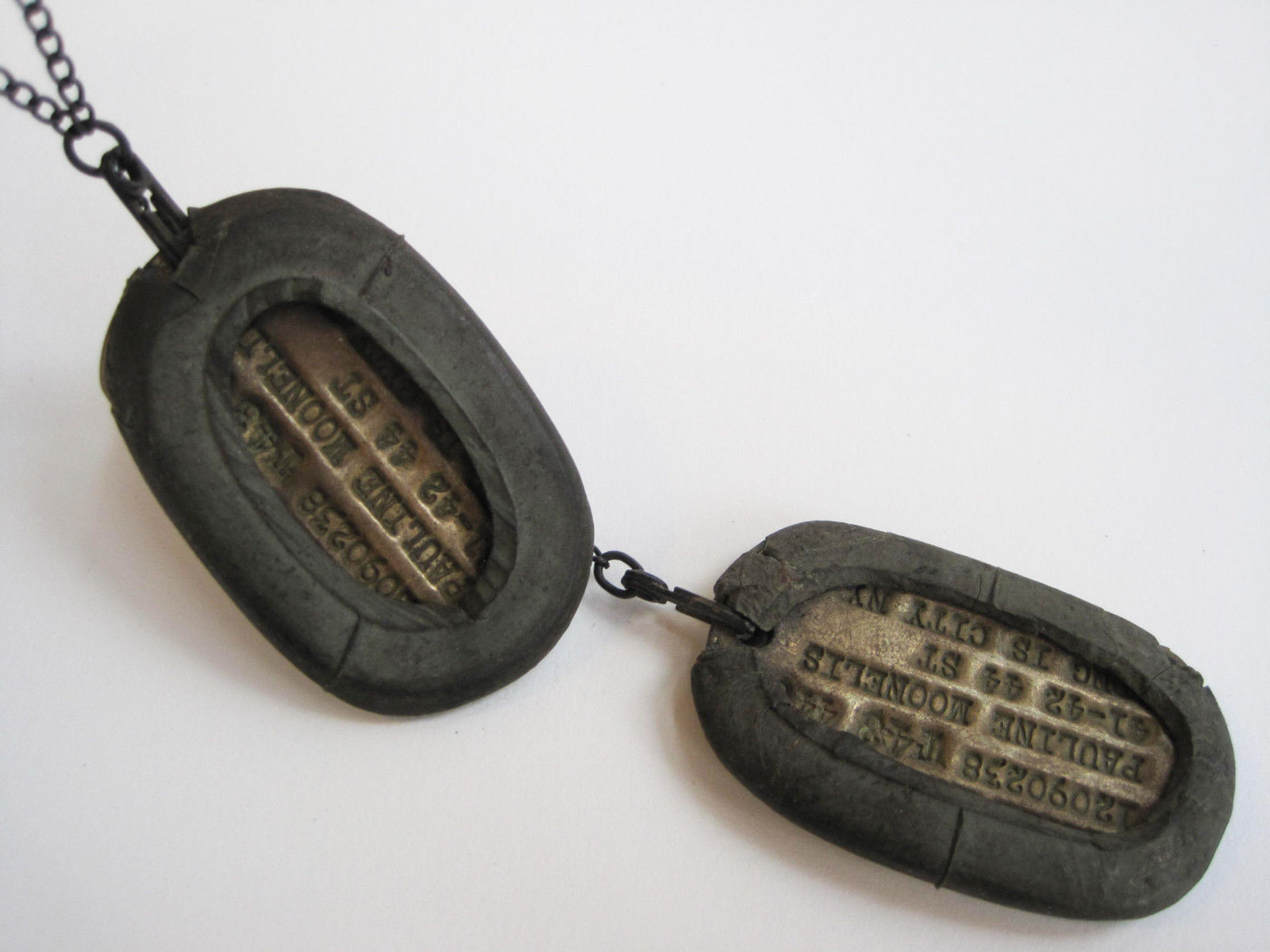History of military dog tags
History of military dog tags :
The Fascinating History of Military Dog Tags
When we think of soldiers, one of the most iconic items that comes to mind is the simple metal tag hanging from a chain around their neck the dog tag. Small, sturdy, and seemingly unremarkable, this little piece of metal carries stories of identity, bravery, and remembrance that stretch back centuries.
From Ancient Warriors to Modern Soldiers
The idea of identifying soldiers on the battlefield is not new. Even in ancient Rome, legionaries carried small lead disks called signaculum that bore their name and military details. These early “dog tags” helped ensure that fallen soldiers could be recognized and honored properly a deeply human concern that has never faded from warfare.
Fast forward to the 19th century, and the need for identification became painfully clear during the American Civil War. Many soldiers, fearing they would die unknown, made their own tags out of wood, metal, or even carved coins. Some stitched their names onto scraps of fabric. Their ingenuity highlighted a simple truth: every life deserved recognition.
The Official Birth of the Dog Tag
Recognizing this need, the U.S. Army officially introduced identification tags in 1906. These first tags were small aluminum disks stamped with a soldier’s name, rank, and unit. By World War I, most major armies around the world had adopted similar systems.
During World War II, the design evolved into the now-familiar oval or rectangular “dog tag.” Each soldier wore two one to stay with the body if they were killed, and the other to be collected for records. Practical, respectful, and symbolic, this system quickly became a global military standard.
More Than Just Metal
Over the decades, dog tags began to carry more information blood type, religious preference, and eventually even barcodes and microchips in some modern armies. But their purpose remains unchanged: to identify, to connect, and to remember.
Even as digital technology advances, the humble dog tag continues to hold emotional weight. For veterans and families alike, it’s more than a piece of gear it’s a personal emblem of service, sacrifice, and humanity.
A Small Tag with a Big Story
From ancient battlefields to today’s high-tech military operations, dog tags have served as a quiet reminder that every soldier is a person with a name and a story. Whether worn in combat, displayed in museums, or kept as cherished mementos, they continue to symbolize courage, duty, and the enduring human spirit behind the uniform.
The Evolution of Dog Tags in Europe and Beyond
The Austro-Hungarian Empire used an original design for its dog tag, known as the “Legitimationkapsel.” It was a small metal capsule measuring approximately 50×34 mm, containing a single plate engraved with the soldier’s personal details such as name, surname, date of birth, religion, nationality, unit name, and service number.
Germany introduced several patterns of dog tags over time. These were typically zinc plates measuring 42×28 mm, featuring two oval holes for attachment. Most German dog tags displayed the soldier’s and unit’s identification numbers. Another variant was the oval-shaped tag, slightly larger at 42×32 mm, which could include the soldier’s full name. Finally, a third and larger version (70×50 mm) was designed to store complete personal information. Unlike the earlier two-part system, this version consisted of a single plate.
In Russia, dog tags were first introduced in 1917, following Army Order No. 47, which established a formal method of identifying fallen and wounded soldiers. The Russian design resembled the Austro-Hungarian capsule, measuring about 50×33×4 mm. Inside, it contained a parchment slip handwritten in pen or pencil with essential personal data — such as name, surname, date and place of birth, year of enlistment, religion, and unit number. This capsule was typically worn on a piece of thread or tape under the uniform.
Until 1925, the use of military identification tags in Russia was not mandatory. As a result, during the 1920 civil war and the subsequent conflict with Poland, thousands of Russian soldiers died without any means of identification. Many of the fallen and wounded were simply listed as missing, since there was no reliable way to determine their fate. To address this issue, the Russian Army issued Order No. 856 in 1925, making it compulsory for every soldier to wear an identification medallion similar to the 1917 model.
The global regulation of military identification tags was officially established in 1949 under the Geneva Convention. The document stipulated that all fallen soldiers must be buried individually and that appropriate grave markings should correspond to the identification details carried on the soldier’s body — in most cases, the information found on their dog tags.
Most modern dog tags consist of two identical plates a design with practical and symbolic meaning. One tag remains with the soldier’s body, while the other is collected and sent to their family. In some armies, there was even a directive to place one tag inside the soldier’s mouth before burial, so it would be protected by the skull in case of future exhumation or relocation of remains.
The system of metal identification tags was also applied to prisoners of war held in German camps. Each captive received a numbered tag to ensure accurate record-keeping. However, this system changed in 1941, when Nazi authorities began tattooing identification numbers on the chests of Soviet prisoners. Over time, this brutal practice replaced the use of metal tags and was later extended to other categories of prisoners.






There are no products to list in this category.

